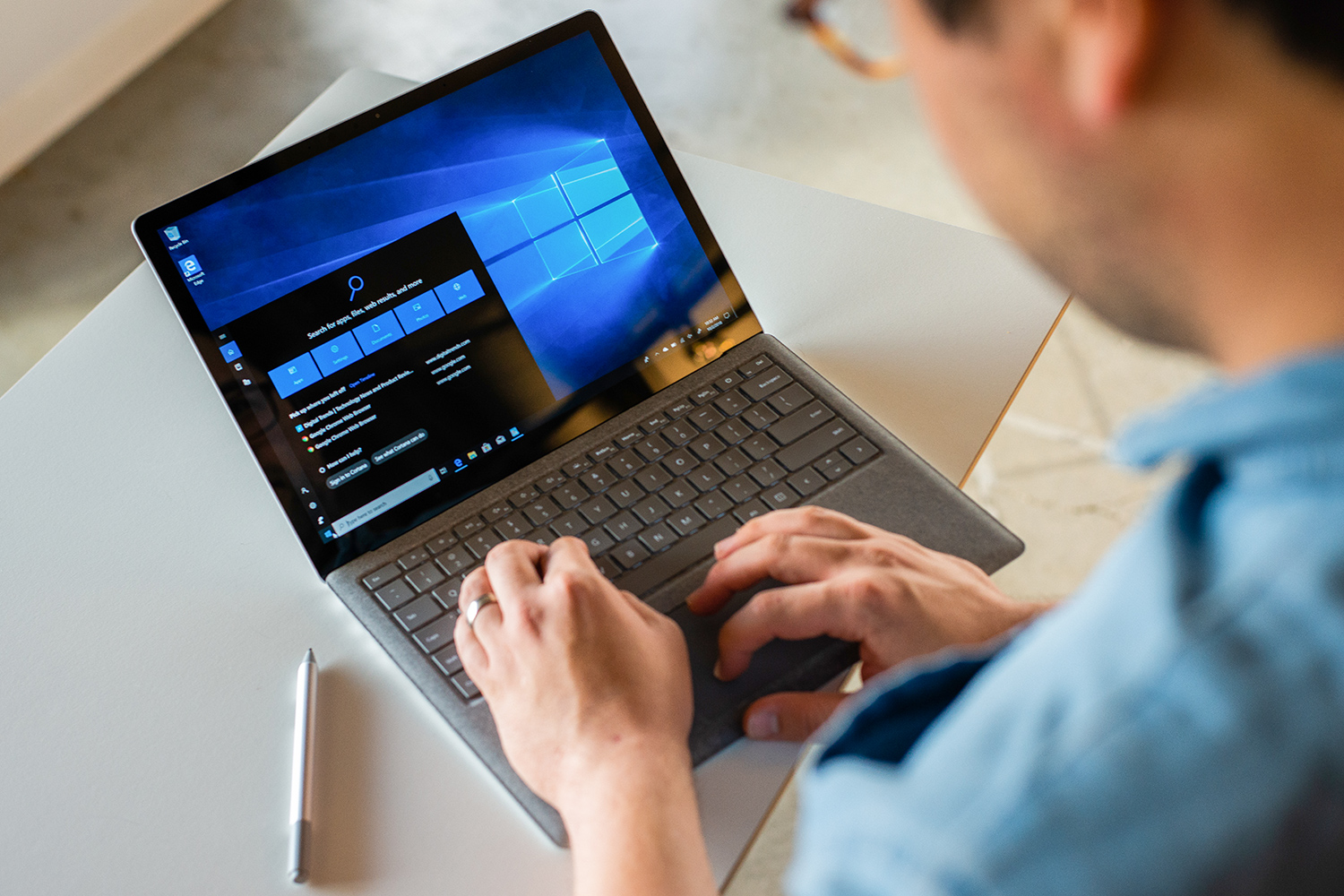
Microsoft has rolled out to Windows Insiders an update that it claims isolates and fixes the data deletion bug that first appeared for some Windows 10 users in the October 2018 Update. In its announcement, Microsoft reiterated that the number of users affected by this flaw was small, but that due to its severity, the company would be offering free support in its retail stores and through the Microsoft Support channel for anyone who needed assistance in updating to the patched version of Windows.
The Windows 10 October 2018 update began rolling out to Windows users all over the world on October 2 alongside the debut of a number of new Microsoft Surface devices at a show in New York. However, just a few days later, Microsoft clawed it back, stating that rare bug seemed to be causing some users to lose data on their systems after the update. The flaw that caused that bug has now been discovered and patched out, Microsoft claims, announcing that the rollout of the OS update will now continue with the patch in place.
“We have fully investigated all reports of data loss, identified and fixed all known issues in the update, and conducted internal validation,” Microsoft said in a blog post, highlighting that very few people were affected by the bug in the first place. It claimed that one one-hundredth of one percent of those who had installed the Windows 10 October 2018 update had been affected.
While this is positive news, Microsoft isn’t jumping back into the update rollout with both feet just yet. To start with, it’s releasing this new patch to Windows Insiders to make sure that it doesn’t have any problematic effects of its own before it releases it to the wider Windows user base.
The reason for the original file deletion appears to involve a problem with Windows 10’s Known Folder Redirection. During the last major Windows 10 update back in April, Microsoft discovered that some users often had duplicates of their data after updating, so in the October update, Microsoft endeavored to delete those copies should they reappear. Unfortunately, it appears that the deletion was overzealous for some and deleted the original data instead. As ZDNet reports, the issue also appeared for some when using OneDrive’s Auto Save feature.
That should no longer be the case moving forward, although considering the seriousness of the bug, it may be worth waiting a few days to see how the wider user base responds to the patch before updating if you’re at all concerned.
Editors' Recommendations
- The next big Windows 11 update has a new hardware requirement
- Windows 11 tips and tricks: 8 hidden settings you need to try
- Beware! The latest Windows 11 update might crash your PC
- Microsoft plans to charge for Windows 10 updates in the future
- A major Windows update just launched. Here’s what’s new




